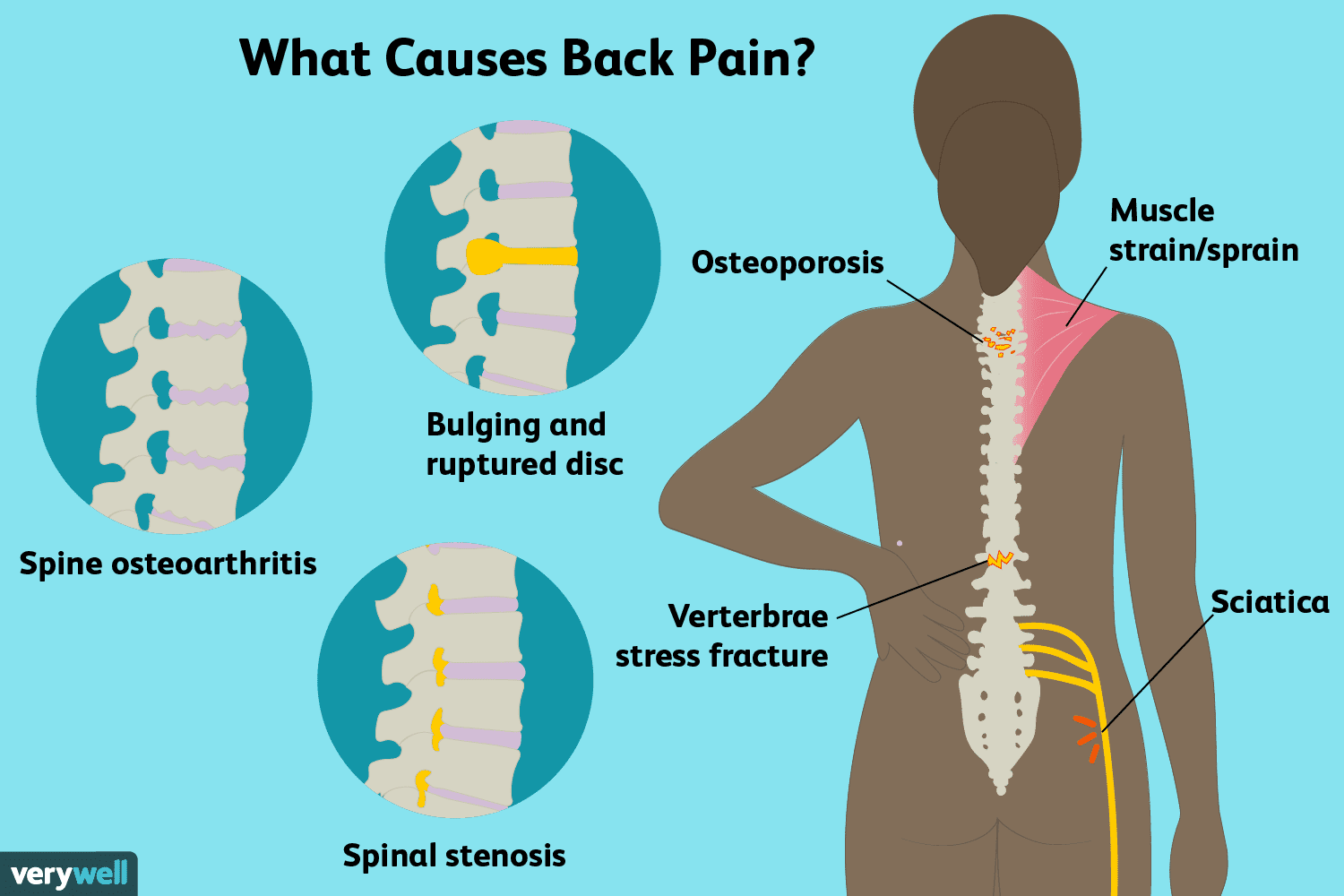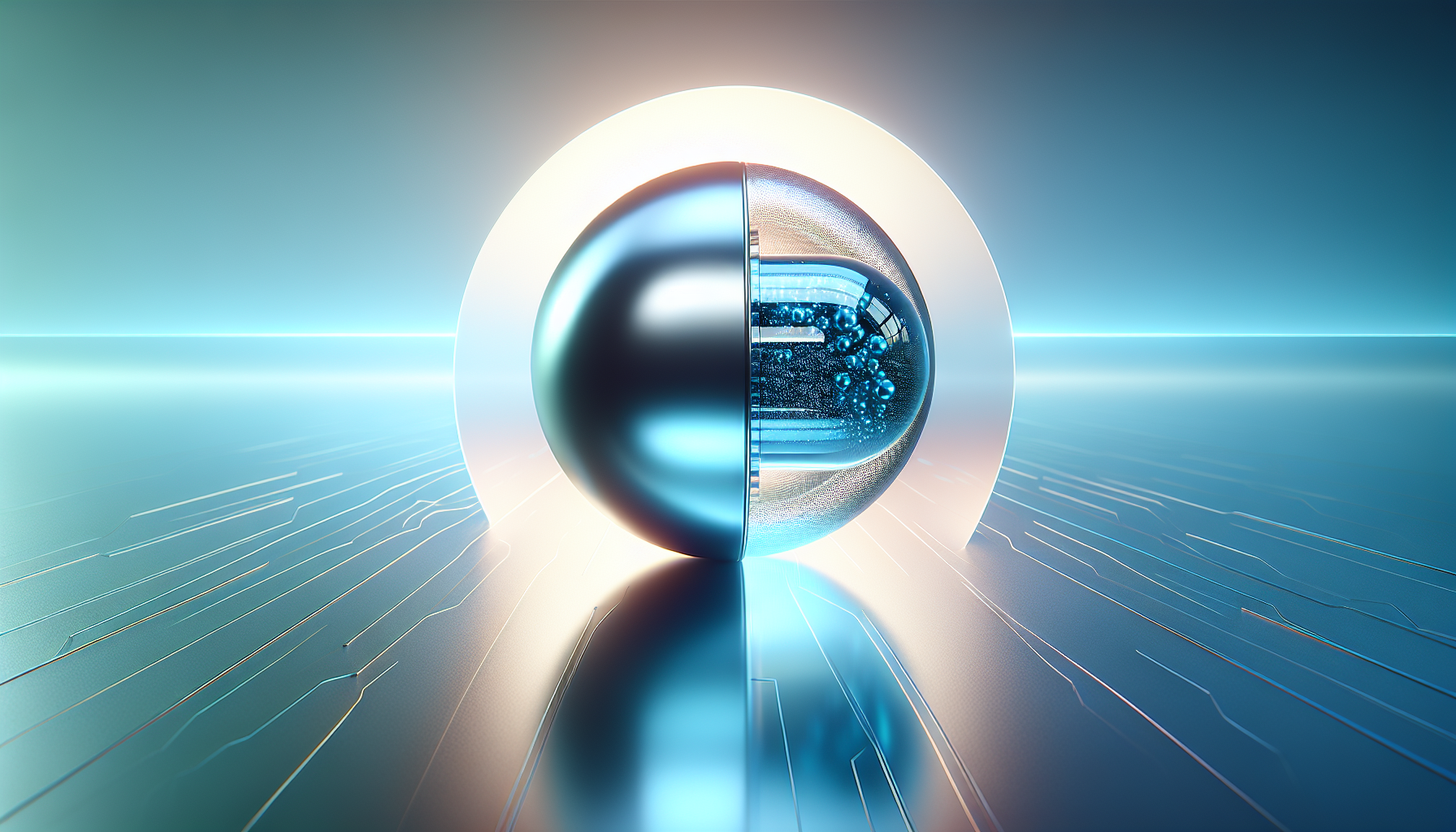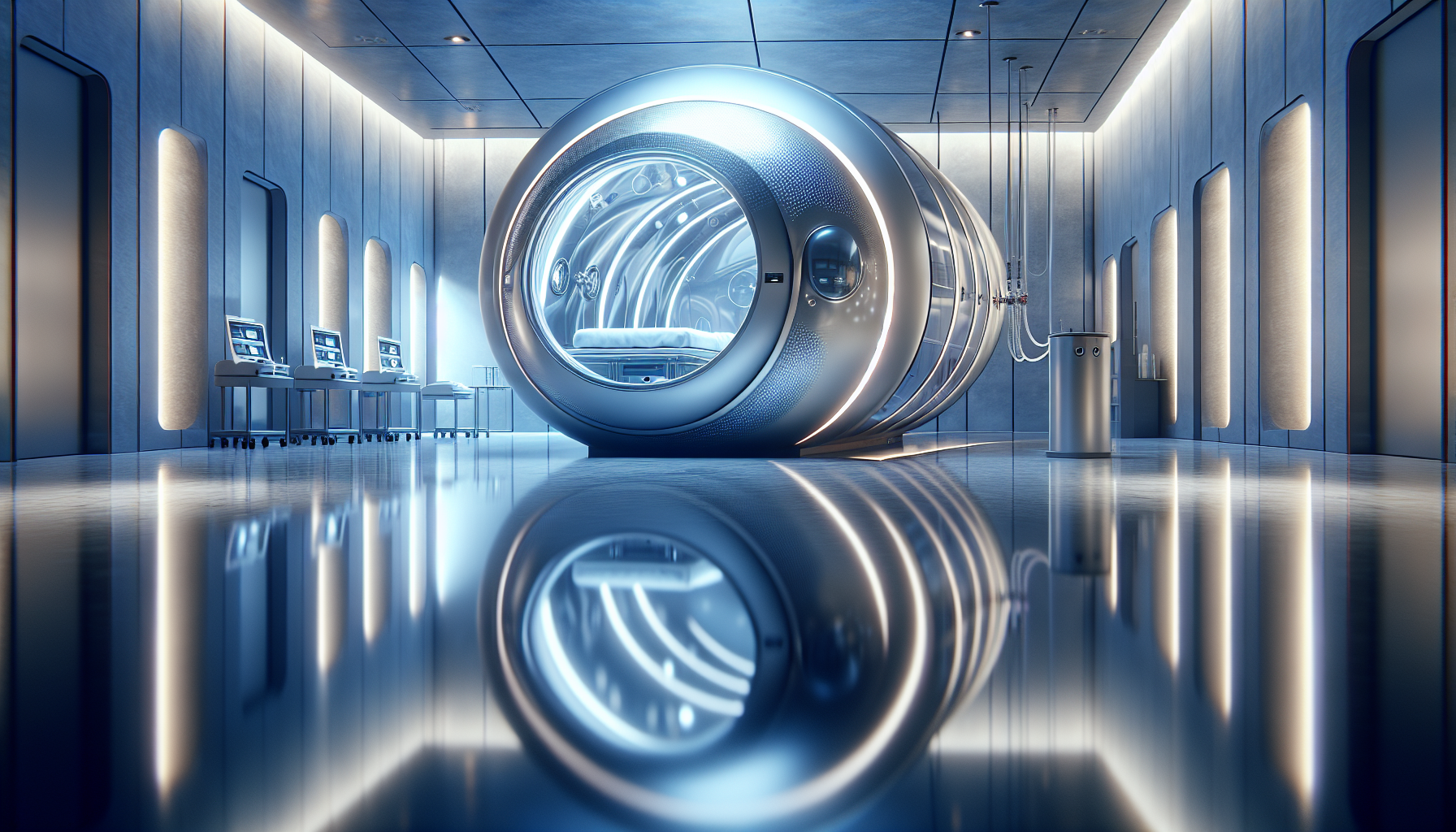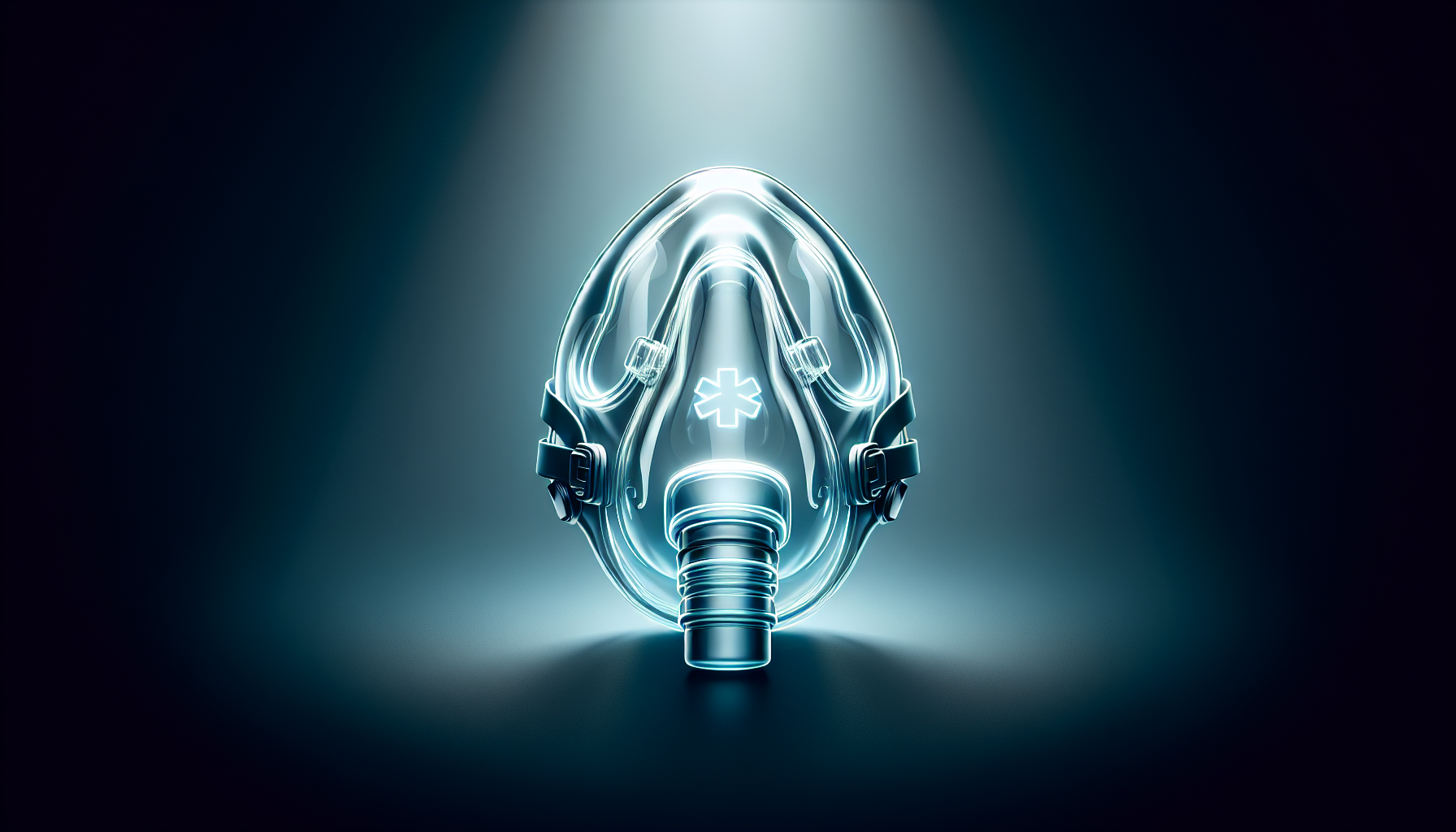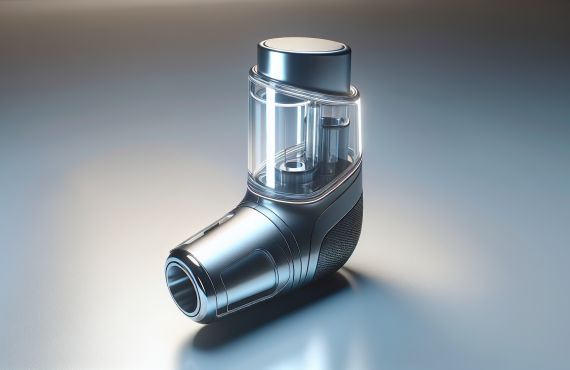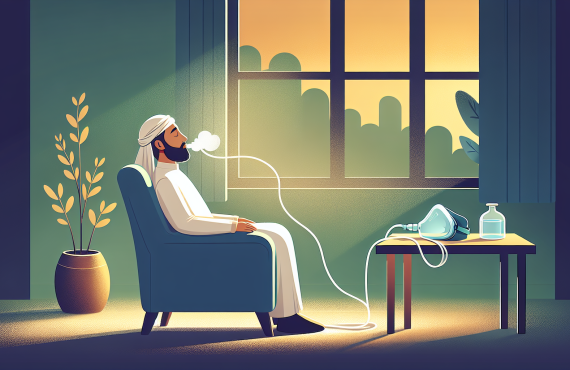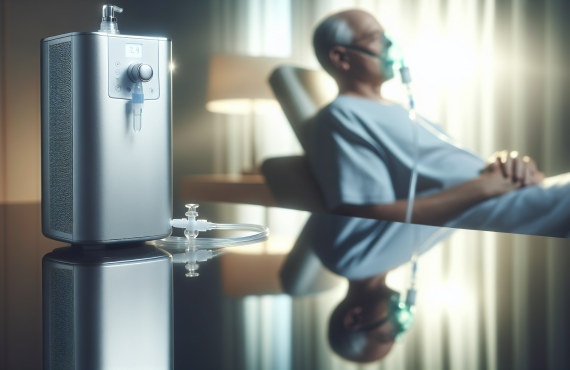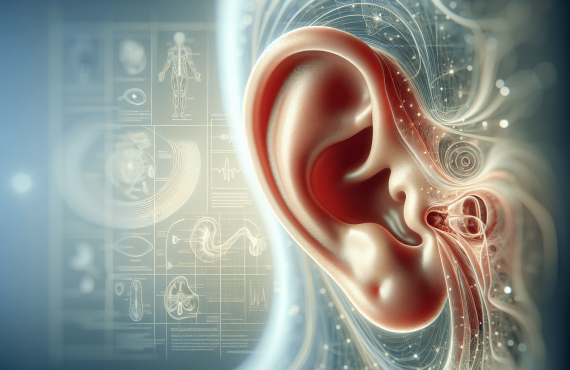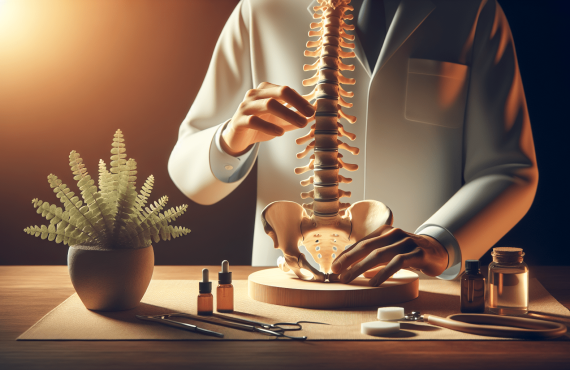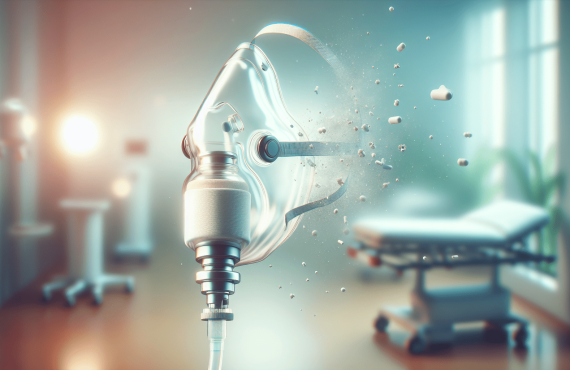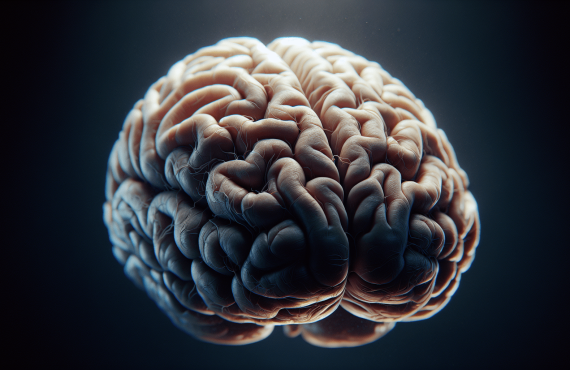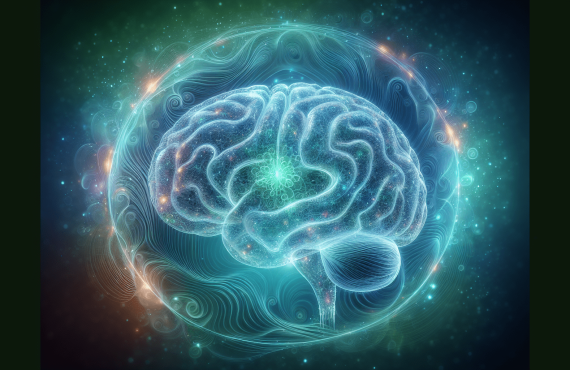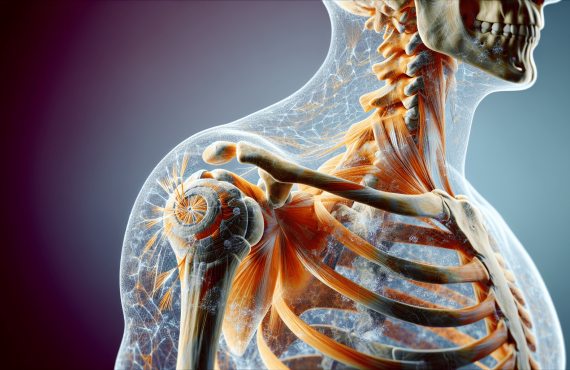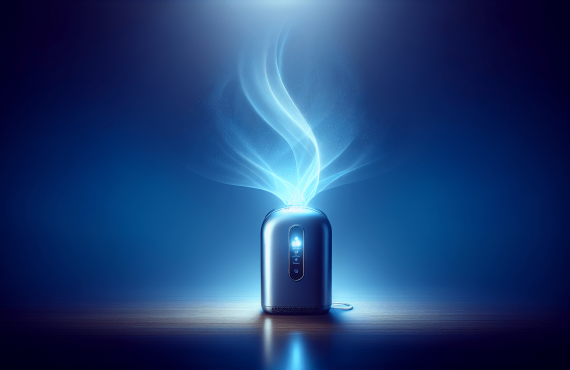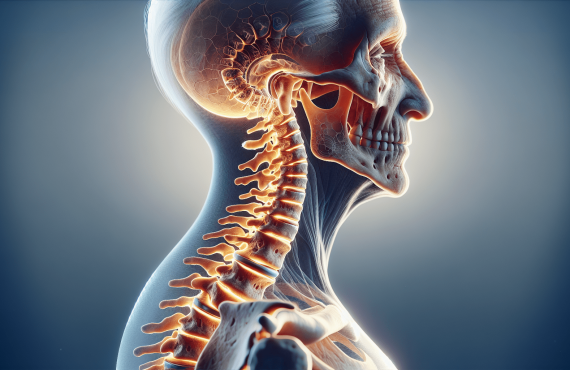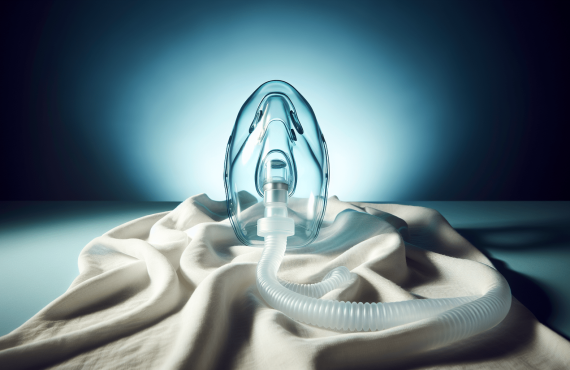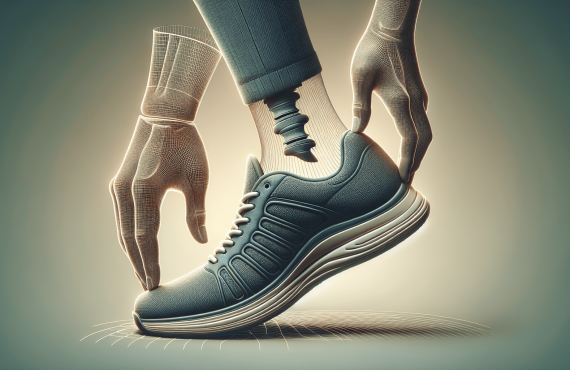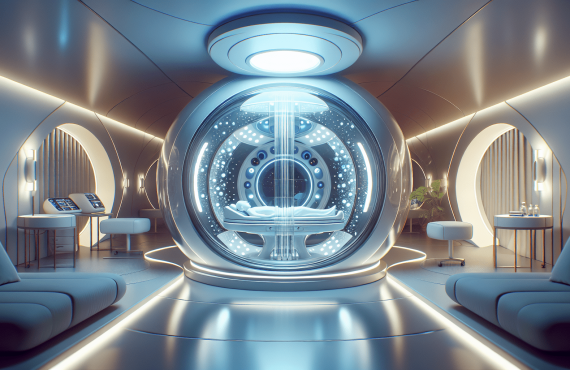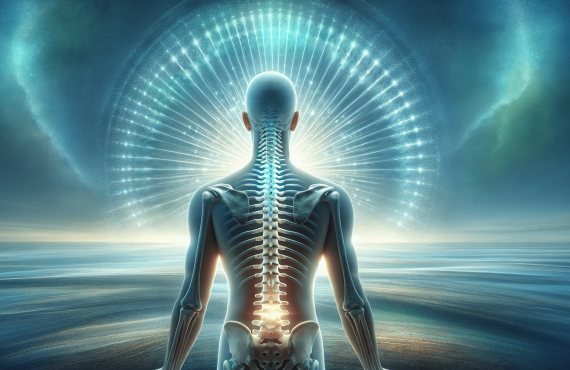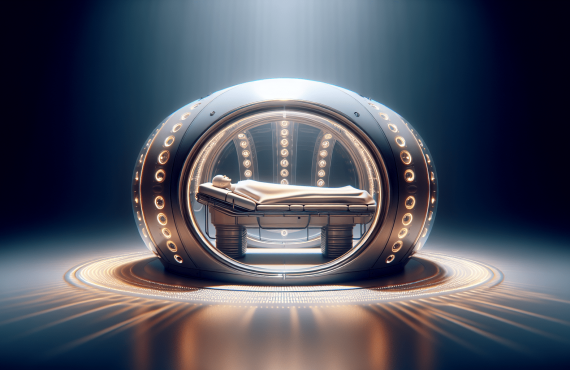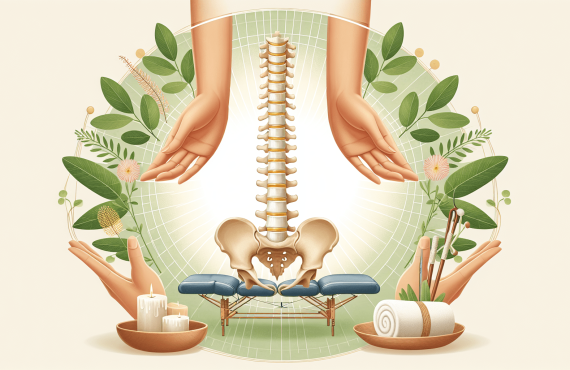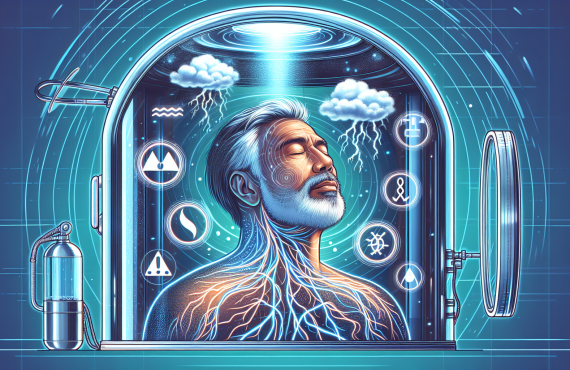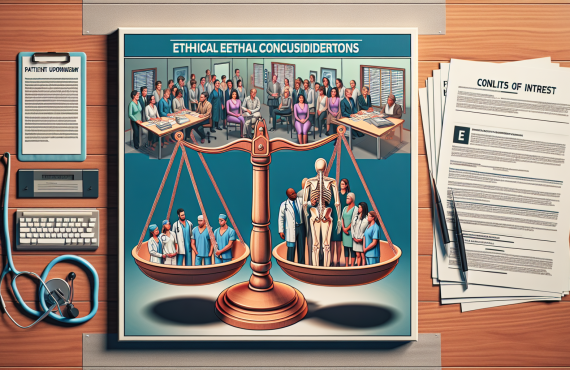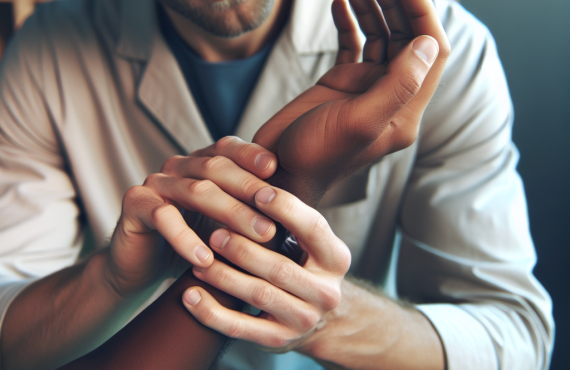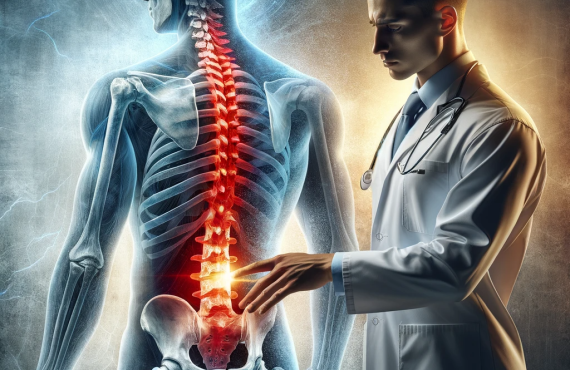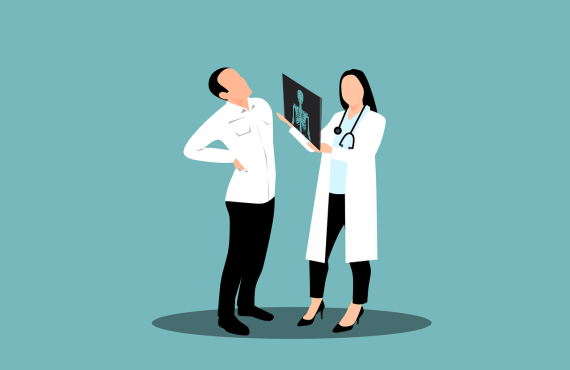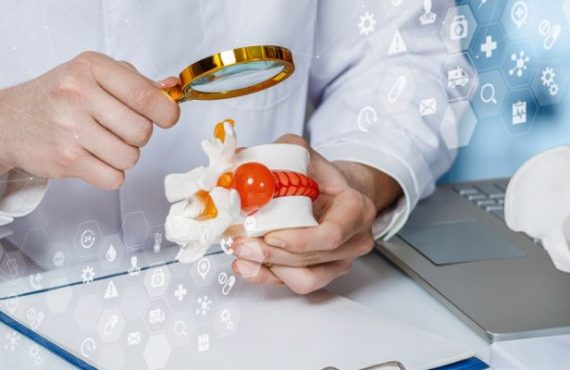If you’re seeking effective treatment for back pain, look no further than Henry Chiropractic in Pensacola, FL. This dedicated team of professionals understands the challenges and discomfort that back pain can bring, and they are committed to providing you with the best possible care and relief. With their expertise and personalized approach, you can trust Henry Chiropractic to help you find lasting solutions to your back pain. Take a step towards a pain-free life and schedule your appointment today.
Table of Contents
Causes of Back Pain
Muscle strains
One common cause of back pain is muscle strains. This occurs when the muscles in your back are stretched or torn due to overexertion or improper lifting techniques. Muscle strains can happen while performing everyday activities or during strenuous physical activities. It is important to be mindful of your body’s limitations and to practice proper lifting techniques to reduce the risk of muscle strains and subsequent back pain.
Herniated discs
Another cause of back pain is a herniated disc. The spinal discs act as cushions between the bones (vertebrae) in your spine. When a disc herniates, it means that the inner portion of the disc begins to push through the outer layer. This can put pressure on the nerves in the spine, leading to pain. Herniated discs can be caused by injury, aging, or wear and tear on the spine.
Degenerative disc disease
Degenerative disc disease occurs when the discs in your spine begin to break down over time. This can lead to pain and discomfort in the back. As we age, the discs lose their flexibility and ability to absorb shock, which can result in pain and stiffness. Factors such as smoking, obesity, and genetics can also contribute to the development of degenerative disc disease.
Spinal stenosis
Spinal stenosis is a condition in which the spinal canal narrows, putting pressure on the spinal cord and nerves. This can cause pain, numbness, and tingling in the back, as well as weakness in the arms and legs. Spinal stenosis is often caused by aging and the wear and tear on the spine, but it can also be congenital or the result of injury.
Osteoarthritis
Osteoarthritis is a form of arthritis that affects the joints in the body, including those in the back. As the cartilage that cushions the joints begins to wear down, the bones can rub against each other, leading to pain and inflammation. Osteoarthritis can be caused by age, injury, or genetics. It is a chronic condition that may require ongoing management to alleviate back pain.
Sciatica
Sciatica refers to pain that radiates along the sciatic nerve, which runs from the lower back down the legs. The most common cause of sciatica is a herniated disc that puts pressure on the nerve. This can cause shooting pain, tingling, and numbness in the back, buttocks, and legs. Other causes of sciatica include spinal stenosis, degenerative disc disease, and muscle spasms.
Scoliosis
Scoliosis is a condition characterized by an abnormal curvature of the spine. This can lead to back pain, as well as uneven hips and shoulders. Scoliosis can develop during childhood or adolescence, and the cause is often unknown. In some cases, scoliosis can be caused by underlying conditions such as muscular dystrophy or cerebral palsy.
Posture and alignment issues
Poor posture and alignment can contribute to back pain. When your posture is not properly aligned, it puts additional stress on the muscles, ligaments, and discs in your back. Over time, this can lead to pain and discomfort. It is important to be mindful of your posture and make adjustments as necessary. Using ergonomic chairs and maintaining a neutral spine position can help alleviate back pain caused by poor posture.
Injuries or accidents
Injuries or accidents can also be a leading cause of back pain. Falls, car accidents, sports injuries, and other traumatic events can cause strains, sprains, fractures, and other injuries to the spine and surrounding tissues. It is important to seek medical attention after an injury to properly diagnose and treat any underlying issues that may be causing back pain.
Diagnosing Back Pain
Medical history assessment
When diagnosing back pain, a medical history assessment is often the first step. This involves discussing your symptoms, any previous injuries or medical conditions, and your lifestyle with a healthcare provider. Providing a comprehensive medical history can help identify potential causes of back pain and guide further diagnostic testing or treatment options.
Physical examination
A physical examination is conducted to assess your range of motion, spinal alignment, and any areas of tenderness or inflammation. Your healthcare provider may ask you to perform certain movements and tests to better understand the source of your back pain. This can help determine if there are any specific areas or structures that may be contributing to your symptoms.
Imaging tests
Imaging tests such as X-rays, MRI scans, or CT scans may be ordered to get a detailed view of the structures in your back. These tests can help identify herniated discs, fractures, spinal stenosis, or other issues that may be causing your pain. Imaging tests provide a visual representation of the spine and can be useful in guiding treatment decisions.
Blood tests
In some cases, blood tests may be recommended to rule out any underlying medical conditions that could be causing or contributing to your back pain. Blood tests can help identify infections, inflammatory conditions, or autoimmune diseases that may require additional treatment or management.
Nerve tests
Nerve tests, such as electromyography (EMG) or nerve conduction studies, may be conducted to assess the function and health of the nerves in your back. These tests can help determine if there are any underlying nerve impingements or damage that may be causing your pain or other symptoms.
Referrals to specialists
Depending on the results of your initial assessment and diagnostic tests, your healthcare provider may refer you to specialists such as orthopedic surgeons, neurologists, or pain management specialists for further evaluation and treatment. Specialists can provide expertise in specific areas related to your back pain and offer additional treatment options or interventions.
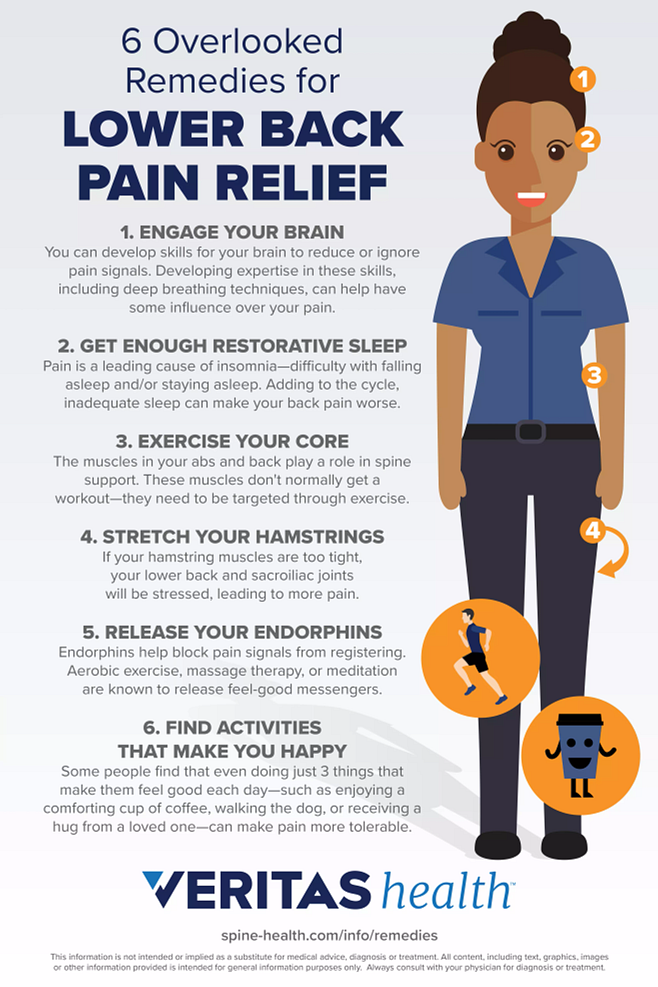
Medical Back Pain Treatments
Medication
Medication can be used to manage back pain and reduce inflammation. Over-the-counter pain relievers such as acetaminophen or nonsteroidal anti-inflammatory drugs (NSAIDs) may be recommended for mild to moderate pain. In some cases, prescription medications such as muscle relaxants or opioids may be prescribed for more severe or chronic pain. It is important to follow your healthcare provider’s instructions and guidelines when using medication for back pain.
Physical therapy
Physical therapy is often recommended as a treatment option for back pain. A physical therapist can assess your condition and develop a customized treatment plan that may include exercises, stretches, and manual therapy techniques. Physical therapy aims to improve strength, flexibility, and mobility while reducing pain and promoting healing.
Injections
In some cases, injections of medication directly into the affected area of the back may be recommended to alleviate pain and inflammation. Common types of injections for back pain include cortisone injections, nerve blocks, and epidural injections. These injections can provide temporary relief and may be used in combination with other treatment modalities.
Braces and supports
Braces and supports can provide stability and support to the back, which can help alleviate pain and promote healing. Depending on the cause and location of your back pain, your healthcare provider may recommend the use of a brace or support device to provide added support during activities or to promote proper alignment and posture.
Surgery
In severe cases of back pain that do not respond to conservative treatments, surgery may be considered as a treatment option. Surgical procedures for back pain can vary depending on the underlying cause and may involve removing herniated discs, fusing vertebrae together, or decompressing nerves. Surgery is typically approached as a last resort when other treatments have not provided sufficient relief.
Radiofrequency ablation
Radiofrequency ablation is a minimally invasive procedure that uses radiofrequency energy to target and destroy nerve fibers that are causing back pain. This procedure can provide long-lasting pain relief for certain types of back pain, such as facet joint pain or nerve-related pain. Radiofrequency ablation is typically performed under X-ray guidance and can be an effective alternative to surgery for some individuals.
Transcutaneous electrical nerve stimulation (TENS)
Transcutaneous electrical nerve stimulation (TENS) is a noninvasive treatment modality that uses low-voltage electrical currents to provide pain relief. TENS units are small, portable devices that can be worn on the body and deliver electrical impulses to the nerves in the affected area. TENS can help reduce back pain by blocking pain signals and promoting the release of endorphins, which are natural pain-relieving chemicals produced by the body.
Alternative Back Pain Treatments
Chiropractic care
Chiropractic care focuses on the diagnosis and treatment of musculoskeletal conditions, including back pain. Chiropractors use manual adjustments and manipulations to restore proper alignment to the spine, which can help alleviate pain and improve overall function. Chiropractic care may also incorporate other treatment modalities such as therapeutic exercises, stretching, and lifestyle recommendations.
Acupuncture
Acupuncture is an ancient Chinese healing practice that involves the insertion of thin needles into specific points on the body. This stimulates the body’s natural healing response and can help alleviate pain and promote overall well-being. Acupuncture is often used as a complementary treatment for back pain and can be combined with other modalities for a holistic approach to pain management.
Massage therapy
Massage therapy involves the manipulation of soft tissues in the body to promote relaxation, relieve muscle tension, and reduce pain. Therapeutic massage techniques can target specific areas of the back that are experiencing pain or discomfort. Regular massage therapy sessions can help improve circulation, reduce inflammation, and promote healing in the back muscles and tissues.
Yoga and stretching exercises
Yoga and stretching exercises can be beneficial in relieving back pain and promoting flexibility and strength. Yoga poses and stretching exercises can help improve posture, increase blood flow to the back muscles, and promote relaxation. It is important to consult with a qualified instructor or physical therapist to ensure that you are using proper form and alignment during yoga and stretching exercises to avoid further injury.
Heat and cold therapy
Applying heat or cold to the affected area of the back can provide temporary relief from pain and inflammation. Heat therapy helps increase blood flow, relax muscles, and promote healing. Cold therapy, on the other hand, helps reduce inflammation and numb the area, providing pain relief. It is important to use heat or cold therapy cautiously and follow the recommended guidelines to avoid burns or further injury.
Herbal and natural remedies
Some individuals may find relief from back pain by incorporating herbal and natural remedies into their treatment regimen. These remedies can include herbal supplements, such as turmeric or ginger, which have anti-inflammatory properties. Additionally, essential oils, such as lavender or peppermint, can be used topically or in a diffuser to promote relaxation and reduce pain.
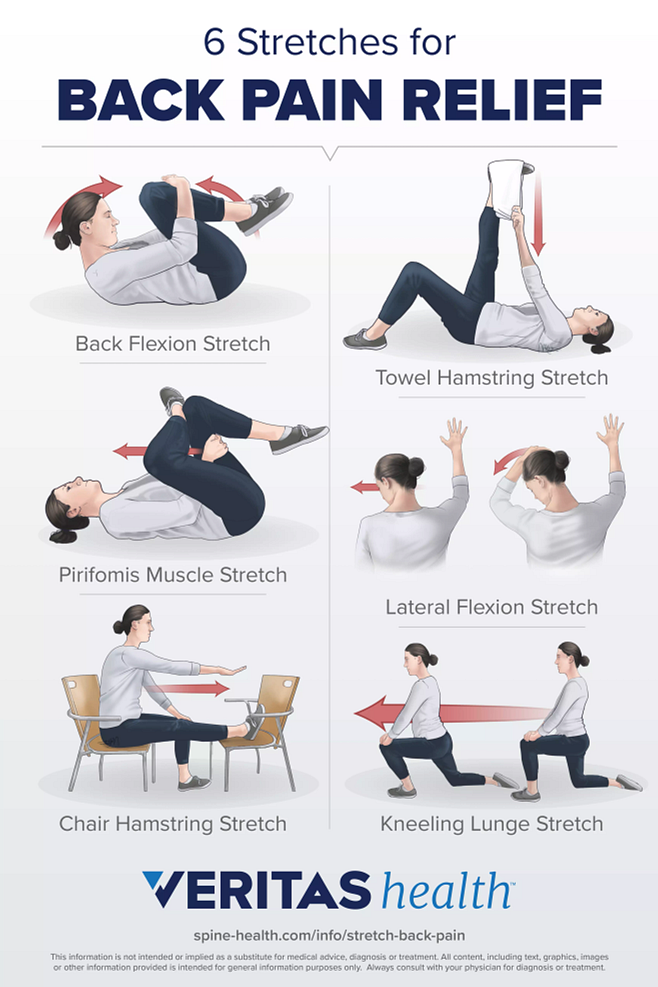
Preventing Back Pain
Maintaining good posture
Maintaining good posture throughout the day is essential in preventing back pain. Practice sitting, standing, and walking with your spine properly aligned, shoulders back, and chin up. Avoid slouching or hunching over, as this can put added pressure on the spine and lead to discomfort. Using ergonomic chairs, pillows, and standing desks can also help promote good posture.
Regular exercise and stretching
Regular exercise and stretching can help strengthen the muscles that support the back and promote flexibility. Engaging in activities such as walking, swimming, or cycling can be beneficial for overall spine health. Additionally, incorporating stretching exercises into your routine can help loosen tight muscles and improve range of motion.
Lifting techniques
Using proper lifting techniques is crucial in preventing back injuries and pain. Always bend at the knees and lift with your legs, rather than using your back. Avoid twisting or jerking motions while lifting heavy objects. Consider using assistive devices, such as dollies or lifting straps, for heavy or bulky items. When in doubt, ask for help or seek assistance to avoid strain on your back muscles.
Ergonomic workplace setup
Creating an ergonomic workplace setup can help reduce the risk of developing back pain. Ensure that your chair and desk are at the appropriate height to promote good posture. Use a chair with lumbar support to maintain the natural curve of your spine. Consider using an adjustable standing desk to alternate between sitting and standing throughout the day. Make sure your computer screen is at eye level to avoid straining your neck and upper back.
Weight management
Maintaining a healthy weight is important in preventing back pain. Excess weight can put added strain on your back muscles and spine, increasing the risk of injury or pain. A balanced diet and regular exercise can help manage your weight and promote overall spine health.
Avoiding prolonged sitting or standing
Avoiding prolonged sitting or standing can help reduce the risk of developing back pain. If your job requires sitting for long periods, be sure to take frequent breaks to stretch and walk around. If you need to stand for extended periods, consider using an anti-fatigue mat and practice proper posture to alleviate stress on your back. Finding a balance between sitting, standing, and movement throughout the day is key to maintaining a healthy back.
Lifestyle Changes to Manage Back Pain
Diet and nutrition
Maintaining a healthy diet and nutrition plan can help manage back pain. A well-balanced diet that includes fruits, vegetables, lean proteins, and whole grains can provide the necessary nutrients for a healthy spine. Avoiding foods that are high in sugar, salt, and unhealthy fats can also help reduce inflammation in the body, which may contribute to back pain.
Sleeping habits
Proper sleep habits are essential in managing back pain. It is important to use a mattress and pillow that provide adequate support to the spine. Sleeping on your side with a pillow between your knees can help maintain spinal alignment. Avoid sleeping on your stomach, as this can strain the neck and back. It may be helpful to experiment with different sleep positions and mattress firmness to find what works best for you.
Smoking cessation
Smoking has been shown to negatively affect overall spine health and increase the risk of back pain. Nicotine and other chemicals in cigarettes can restrict blood flow to the spinal discs, leading to degeneration and increased vulnerability to injury. Quitting smoking can improve circulation, promote healing, and reduce the risk of developing back pain.
Stress management
Stress can exacerbate back pain and make it more difficult to manage. Finding healthy ways to cope with stress, such as practicing relaxation techniques, engaging in hobbies, or seeking support from friends and family, can help reduce the impact of stress on your back. Exercise, meditation, and deep breathing exercises are effective stress management techniques that can also promote overall well-being.
Improving ergonomics at home
In addition to creating an ergonomic workplace setup, it is important to consider ergonomics in other areas of your life, such as at home. Use proper form and technique when performing household chores, such as lifting heavy objects or vacuuming. Ensure that your furniture at home provides adequate support to your back. Making these small adjustments can help prevent back pain and promote a healthy spine.
Hydration
Staying hydrated is essential for overall health, including the health of your back. Water helps maintain the natural elasticity of spinal discs, providing cushioning and support to the spine. Aim to drink at least 8 cups of water per day, or more if you engage in physical activity or live in a hot climate. Avoid excessive consumption of caffeine or alcohol, as these can have dehydrating effects on the body.
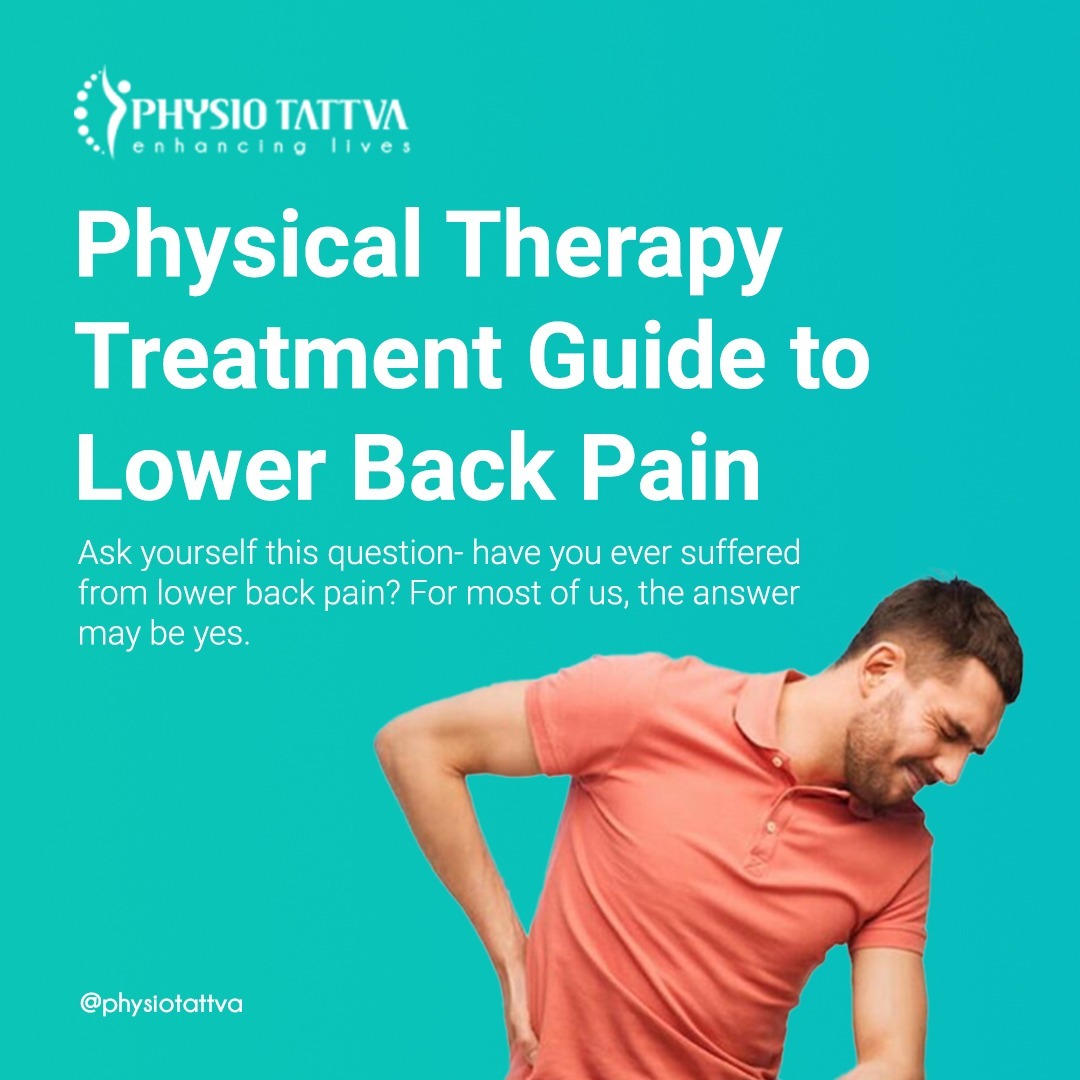
Physical Therapy for Back Pain
Types of physical therapy
Physical therapy for back pain can encompass a variety of techniques and modalities, depending on the individual’s condition and specific needs. Common types of physical therapy for back pain include therapeutic exercises, manual therapy techniques, modalities such as heat or ice, and education on proper body mechanics and posture.
Exercises for back pain relief
Physical therapists often prescribe exercises to help relieve back pain and improve strength and flexibility in the muscles supporting the spine. Examples of exercises that may be recommended include pelvic tilts, abdominal strengthening exercises, hamstring stretches, and lower back stretches. These exercises aim to relieve pain, improve range of motion, and promote healing.
Strengthening and flexibility exercises
Strengthening and flexibility exercises are crucial components of physical therapy for back pain. Strengthening exercises help build the muscles that support the spine, reducing the risk of future injuries and providing stability. Flexibility exercises aim to improve the elasticity and range of motion in the muscles and joints, reducing stiffness and promoting proper alignment.
Manual therapy techniques
Manual therapy techniques are used by physical therapists to manipulate and mobilize the spine and surrounding tissues. These techniques can help relieve pain, reduce muscle tension, and improve joint mobility. Examples of manual therapy techniques that may be used in the treatment of back pain include joint mobilizations, soft tissue mobilization, and spinal manipulation.
Posture correction exercises
Poor posture can contribute to back pain, so physical therapists often incorporate posture correction exercises into the treatment plan. These exercises focus on strengthening the muscles that support proper posture and retraining the body to maintain alignment. Patients may be guided on how to sit, stand, and move with proper posture to prevent strain on the back.
Advice for incorporating physical therapy into daily routine
Physical therapists can provide guidance and advice on how to incorporate the exercises and techniques learned in therapy into daily life. This may include recommendations on proper body mechanics during activities, modifications to daily routines, and strategies for preventing future episodes of back pain. By incorporating physical therapy exercises and techniques into your daily routine, you can continue to experience the benefits of therapy long after the sessions have ended.
Surgical Options for Back Pain
When surgery is necessary
Surgery for back pain is typically reserved for cases when conservative treatments have failed to provide adequate relief. There are certain indicators that may suggest surgery as a treatment option, such as persistent pain, progressive neurological symptoms, or structural instability. The decision to undergo surgery should be made in consultation with a healthcare provider, who can assess the individual’s specific condition and determine if surgery is necessary.
Different surgical procedures
There are various surgical procedures that can be performed to address back pain, depending on the underlying cause. Some common surgical procedures for back pain include discectomy, laminectomy, spinal fusion, and artificial disc replacement. The specific procedure recommended will depend on factors such as the location and severity of the condition, the patient’s overall health, and the surgeon’s expertise.
Risks and benefits of surgery
As with any surgical procedure, there are both risks and benefits associated with surgery for back pain. Risks can include infection, bleeding, nerve damage, or a worsening of symptoms. However, for some individuals, surgery can provide significant pain relief, improve mobility, and restore quality of life. It is important to discuss the potential risks and benefits of surgery with your healthcare provider to make an informed decision.
Recovery and rehabilitation process
The recovery and rehabilitation process following back surgery can vary depending on the type of procedure performed and the individual’s overall health. After surgery, there is typically a period of rest and limited activity to allow the body to heal. Physical therapy may be recommended to help regain strength, flexibility, and range of motion in the back. It is important to follow your surgeon’s post-operative instructions and attend all follow-up appointments for optimal recovery.
Alternative treatments to consider before opting for surgery
Before opting for surgery, it is often recommended to exhaust conservative treatment options. These may include physical therapy, medication, injections, and alternative therapies. In some cases, these treatments may provide sufficient pain relief and improve function, eliminating the need for surgery. It is important to discuss all treatment options with your healthcare provider and weigh the potential benefits and risks of surgery before making a decision.
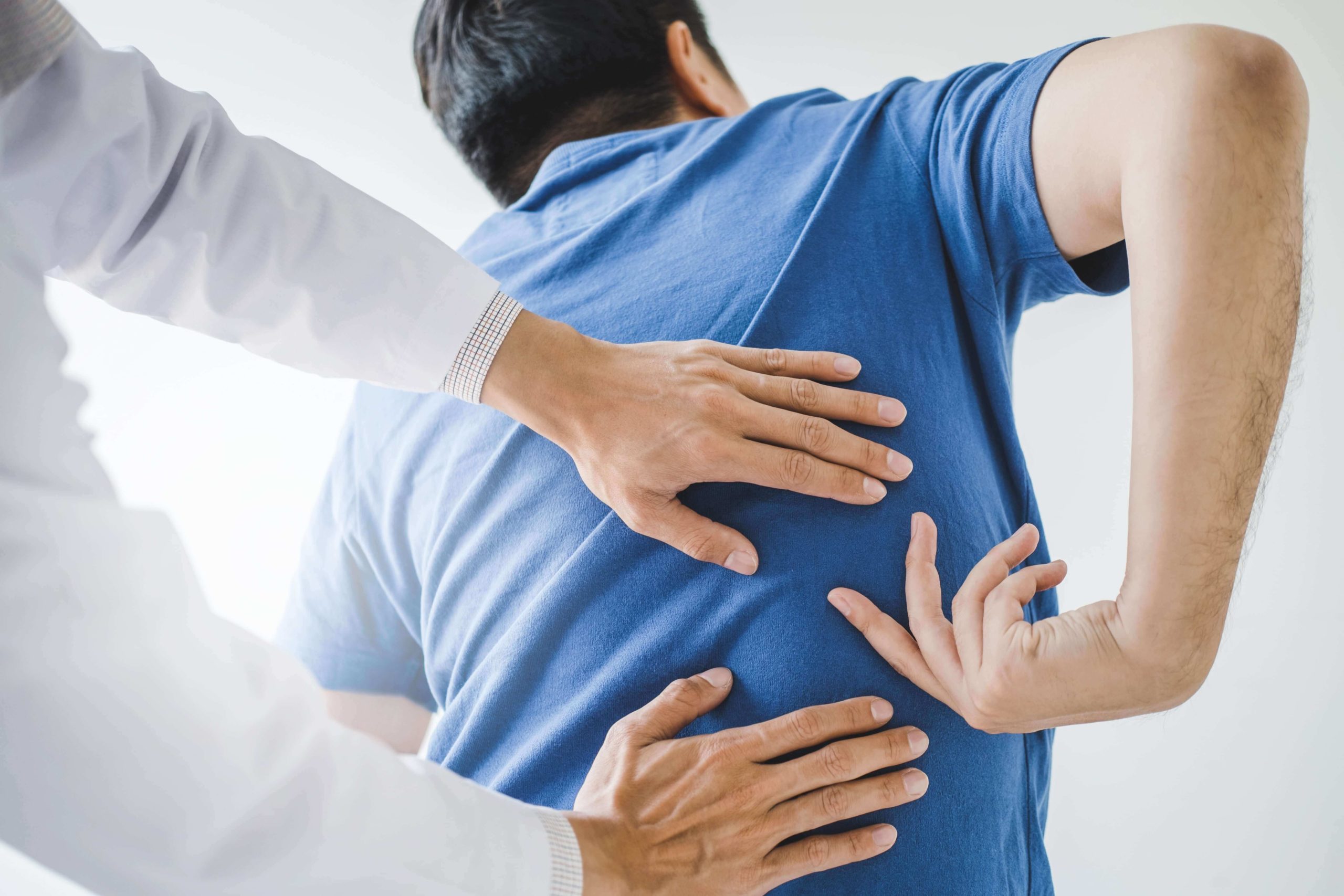
Complementary Therapies for Back Pain
Chiropractic adjustments
Chiropractic adjustments are a common complementary therapy for back pain. During a chiropractic adjustment, a chiropractor uses manual techniques to apply controlled force to specific joints in the spine. This can help restore proper alignment, reduce pressure on nerves, and alleviate pain. Chiropractic adjustments may be performed in conjunction with other treatments for a holistic approach to back pain management.
Acupuncture
Acupuncture is a complementary therapy that involves the insertion of thin needles into specific points on the body. This stimulates the body’s natural healing response and can help alleviate pain and promote overall well-being. Acupuncture is often used in the treatment of back pain to target specific areas or meridians associated with pain and dysfunction.
Massage therapy techniques
Massage therapy techniques can be effective in relieving back pain and reducing muscle tension. Various massage techniques, such as Swedish massage, deep tissue massage, or trigger point therapy, may be used depending on the individual’s specific needs. Massage not only promotes relaxation but also improves blood flow, reduces inflammation, and helps release endorphins, which are natural pain-relieving chemicals.
Herbal and natural remedies
Herbal and natural remedies are often used as complementary therapies for back pain. These may include herbal supplements, such as turmeric or devil’s claw, which have anti-inflammatory properties. Topical treatments containing ingredients like arnica or capsaicin may also be used to alleviate pain and reduce inflammation. It is important to discuss the use of herbal and natural remedies with your healthcare provider to ensure they are safe and appropriate for your specific condition.
Relaxation and stress-reduction techniques
Relaxation and stress-reduction techniques can help manage back pain by reducing muscle tension and promoting a sense of calm. Techniques such as deep breathing exercises, meditation, guided imagery, or progressive muscle relaxation can help relax the body and mind, leading to pain relief and improved overall well-being. These techniques can be practiced regularly as part of a holistic approach to managing back pain.
Combining different complementary therapies
Many individuals find that combining different complementary therapies can provide optimal relief from back pain. For example, a treatment plan may include chiropractic adjustments, acupuncture sessions, and regular massage therapy. By combining different modalities, you can target different aspects of your back pain and address the underlying causes. It is important to work with qualified healthcare providers to develop a treatment plan that is tailored to your individual needs and preferences.
The Benefits of Visiting Henry Chiropractic
Expert chiropractic care
At Henry Chiropractic in Pensacola, FL, you can expect expert chiropractic care from experienced professionals. The chiropractors at Henry Chiropractic have received extensive training and have a deep understanding of the musculoskeletal system and how it relates to back pain. They use safe and effective chiropractic techniques to address the underlying causes of your back pain and promote healing.
Personalized treatment plans
When you visit Henry Chiropractic, you can expect a personalized treatment plan that is tailored to your specific needs and goals. The chiropractors will conduct a thorough assessment of your condition, including a comprehensive medical history and physical examination. This allows them to develop a treatment plan that addresses the root cause of your back pain and provides the most effective and appropriate care.
State-of-the-art facility and equipment
Henry Chiropractic is equipped with state-of-the-art facilities and equipment to ensure that you receive the highest quality care. From advanced diagnostic imaging to specialized treatment tables, the facility is designed with your comfort and well-being in mind. The chiropractors stay up to date with the latest research and techniques in the field to provide you with the best possible care.
Holistic approach to back pain management
At Henry Chiropractic, the focus is on a holistic approach to back pain management. The chiropractors recognize that back pain is often multifaceted, with various factors contributing to the condition. They take into account your overall health and lifestyle when developing your treatment plan, addressing not only the physical aspects but also the emotional and environmental factors that may be influencing your back pain.
Positive patient testimonials
Numerous patients have experienced relief from their back pain and improved overall well-being through the care provided at Henry Chiropractic. Positive patient testimonials are a testament to the effectiveness of the treatments and the dedication of the chiropractors to their patients’ health and happiness. When you visit Henry Chiropractic, you can feel confident in the quality of care you will receive.
Convenient location in Pensacola, FL
Henry Chiropractic is conveniently located in Pensacola, FL, making it easily accessible to individuals in the surrounding areas. The location provides ample parking and a welcoming atmosphere, allowing you to feel at ease from the moment you walk through the door. With a commitment to providing exceptional care, Henry Chiropractic aims to be your go-to destination for back pain treatment in the Pensacola area.
For the best back pain treatment and personalized care, visit Henry Chiropractic in Pensacola, FL. With their expert chiropractic care, state-of-the-art facilities, and holistic approach, you can trust that you will receive the highest quality care to alleviate your back pain and promote overall well-being. Don’t let back pain hold you back – take the first step towards a pain-free life by scheduling an appointment at Henry Chiropractic today.
